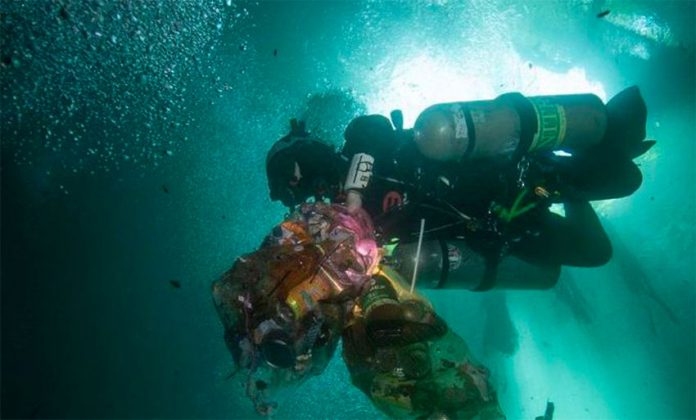Four tonnes of garbage were cleared from 24 cenotes in Yucatán last year, mainly in the form of plastic and glass bottles, and an equal number are on the agenda for this year.
The Ministry of Sustainable Development has cleaned a further seven cenotes this year through its environmental drive, and hopes to tackle 17 more. In one cenote — Chankom — 318 kilos of waste were removed last Thursday.
Divers and local residents have worked together to restore the natural beauty of the sinkholes, many of which have become tourist attractions.
“The work consists of the removal of waste at the depths of the cenotes, cleaning around the site and on the main roads around the community where you collect rubbish hidden in the flora. Also, the planting of native plants and the promotion of local participation,” the ministry said.
Head of the ministry, Sayda Rodríguez Gómez, said that part of the objective is to increase local awareness. “It is not just about improving the aesthetic aspect, but also about preventing health problems among residents and generating a consciousness about the environment and how to avoid contamination,” she said.
Cenotes are natural pits, or sinkholes, which have emerged from the collapse of limestone bedrock, exposing groundwater. The term comes from a word used by the lowland Yucatec Maya: cenotes were commonly used for water supplies by the ancient Maya.
With reports from Por Esto
